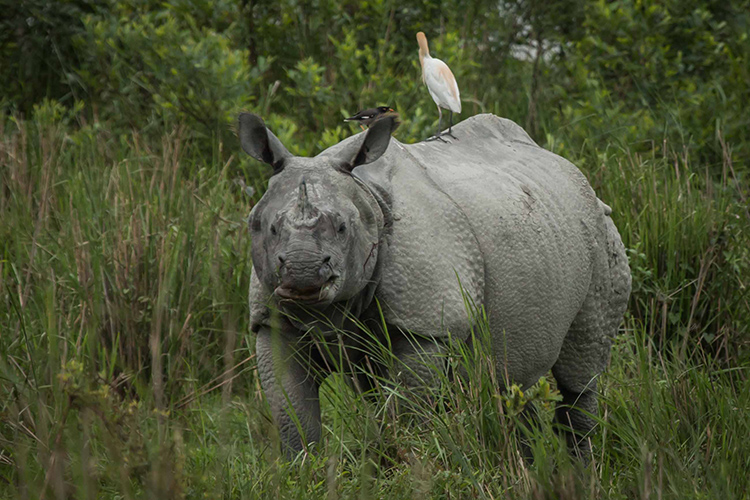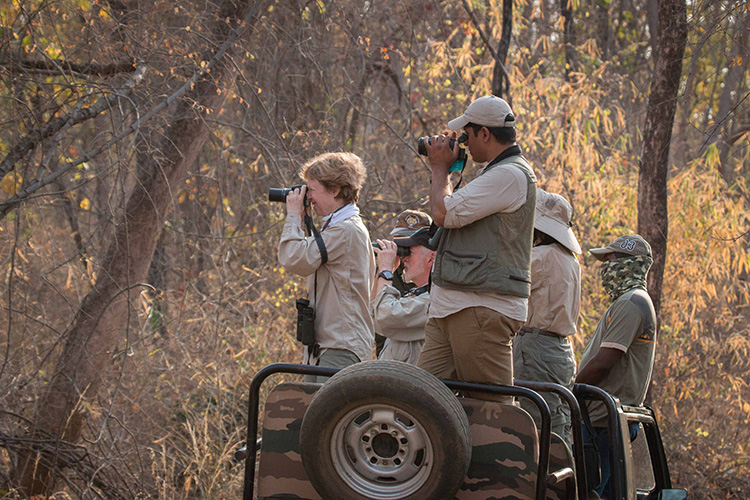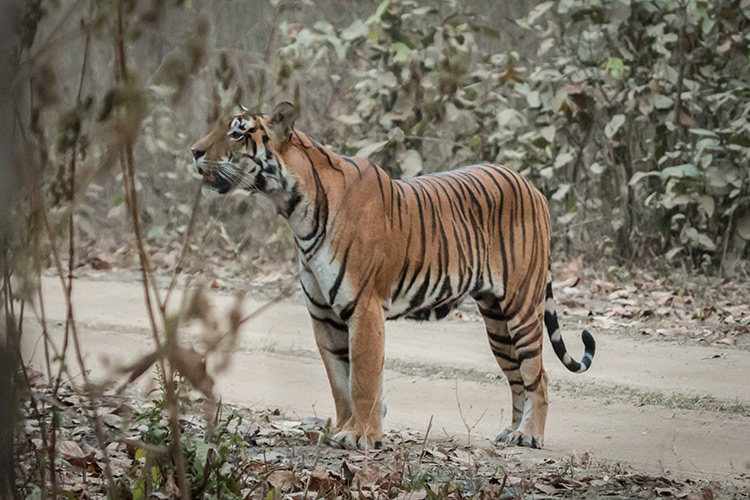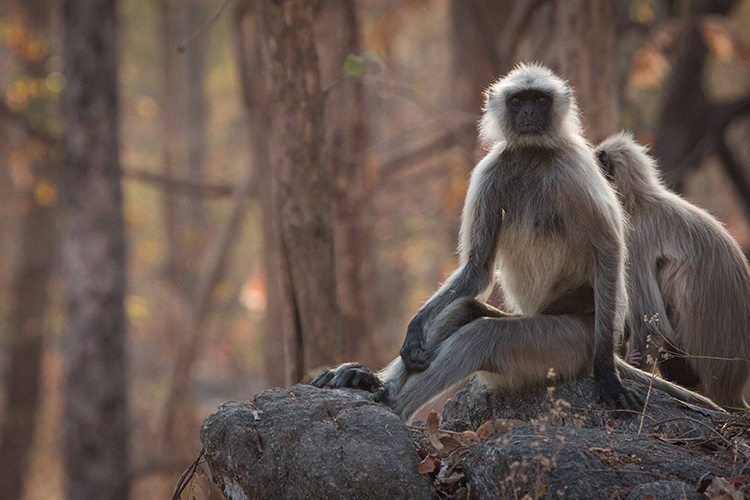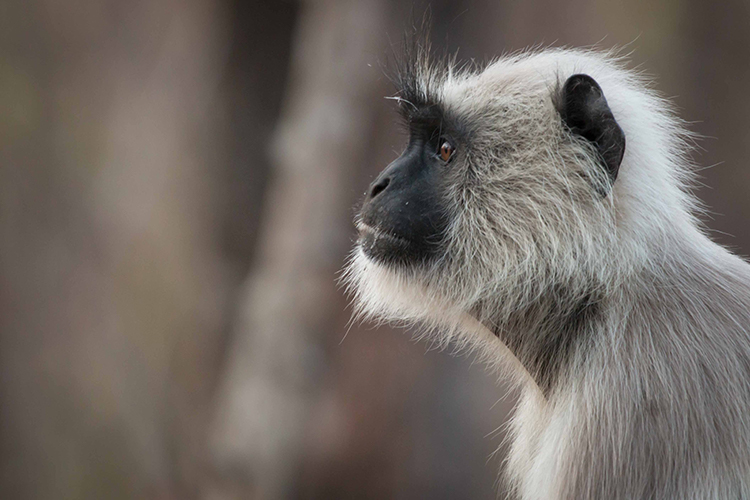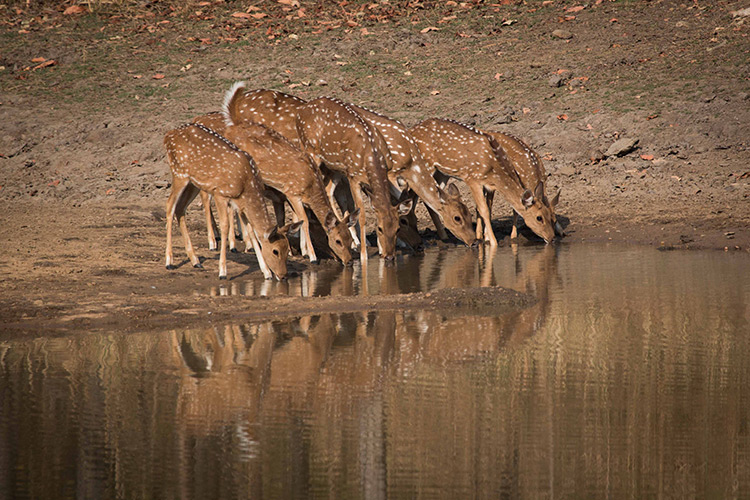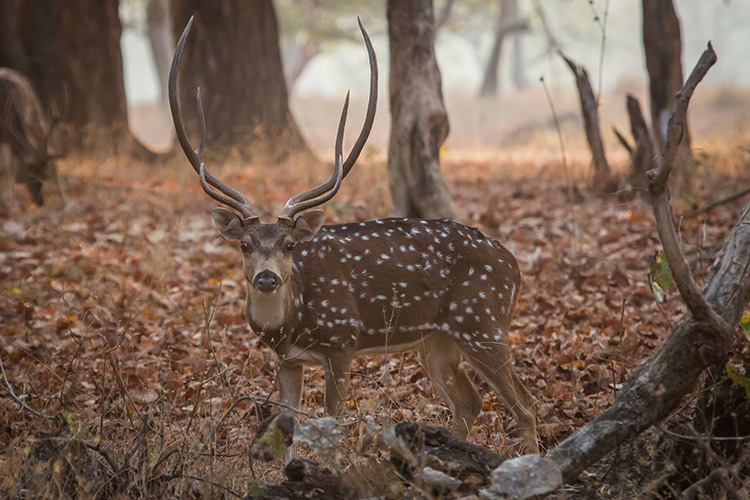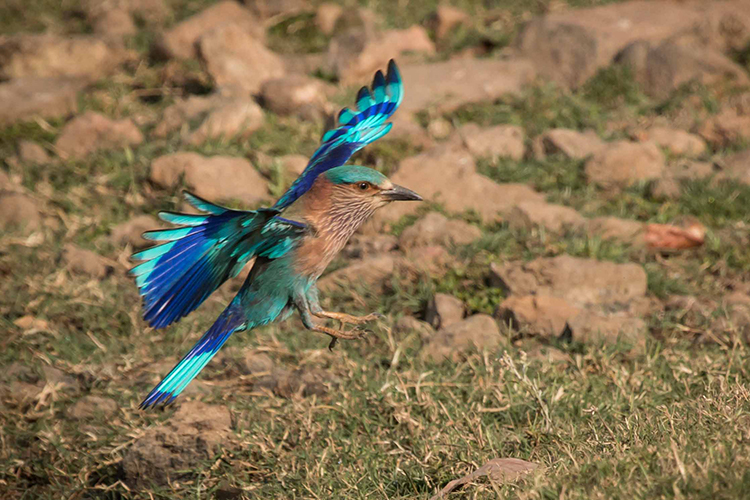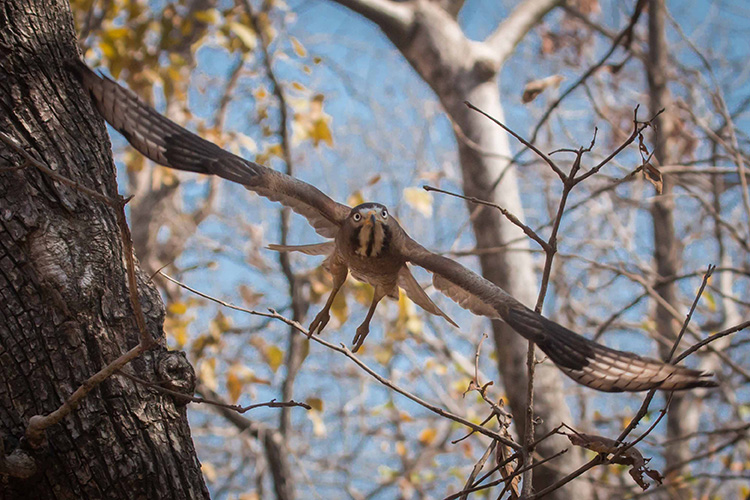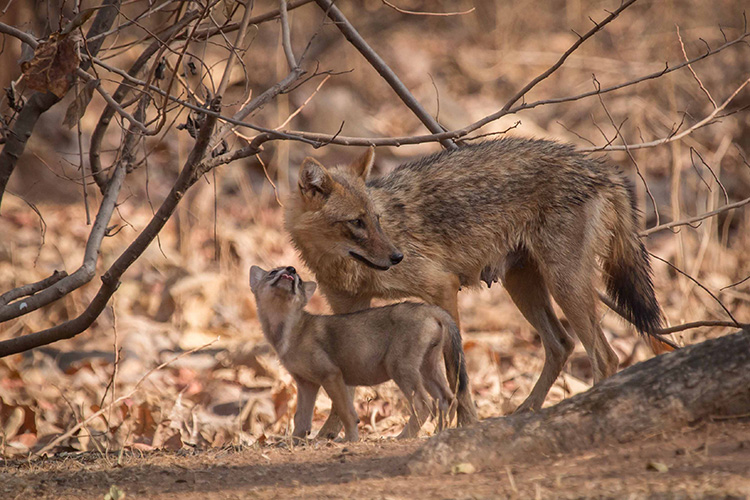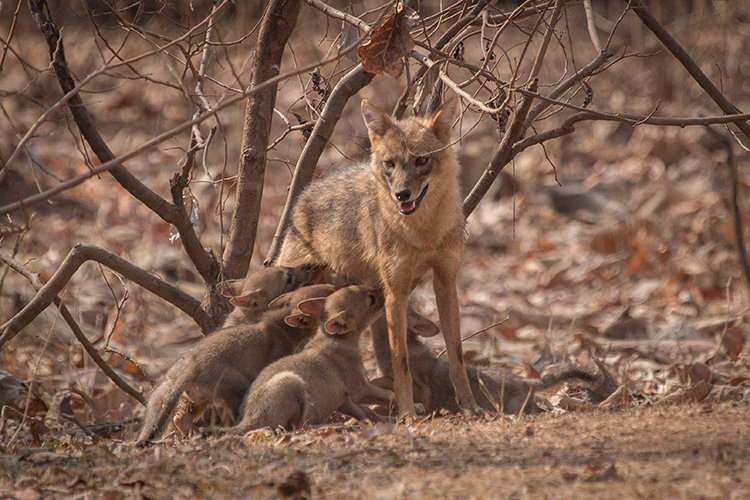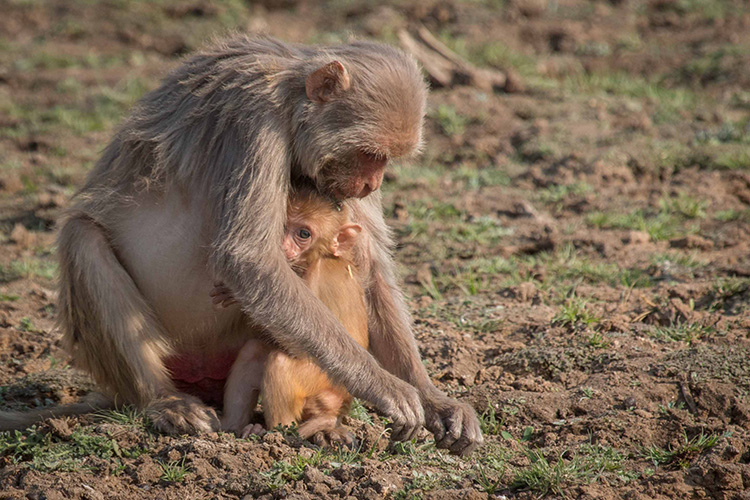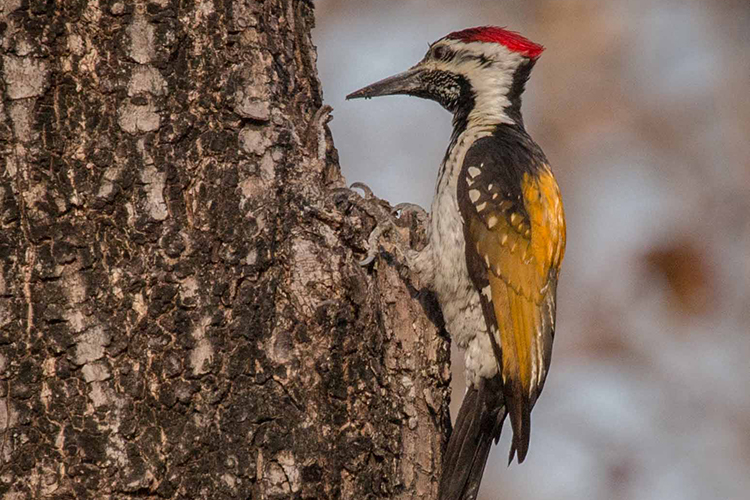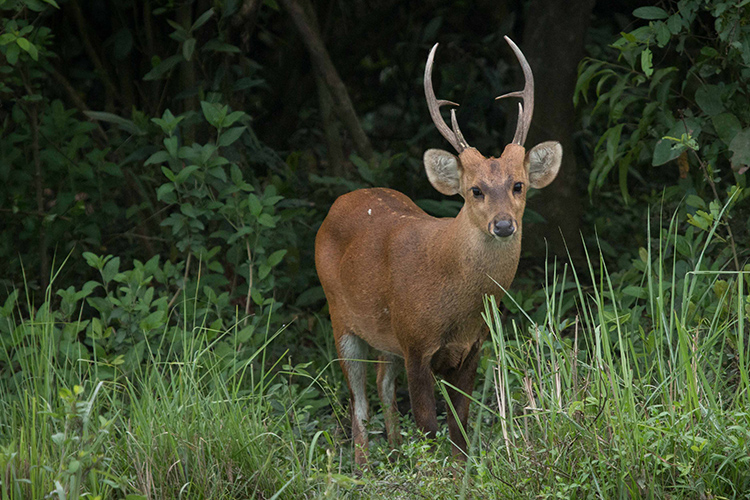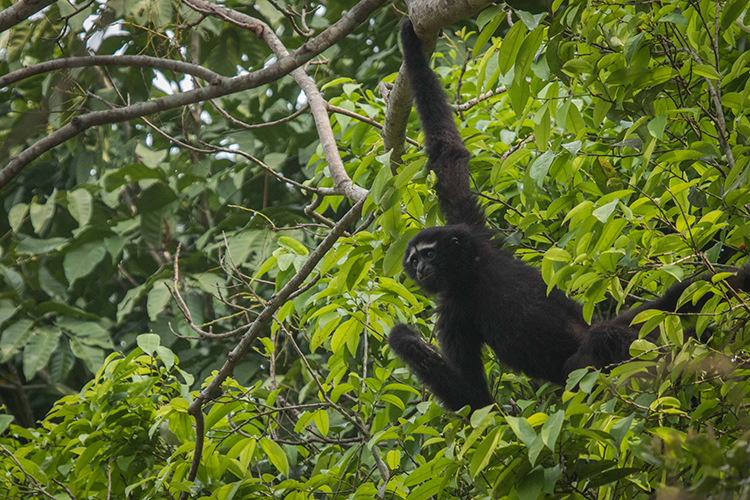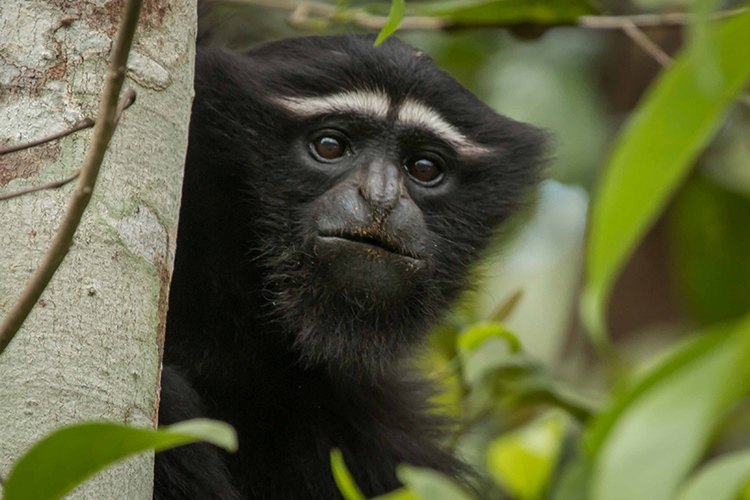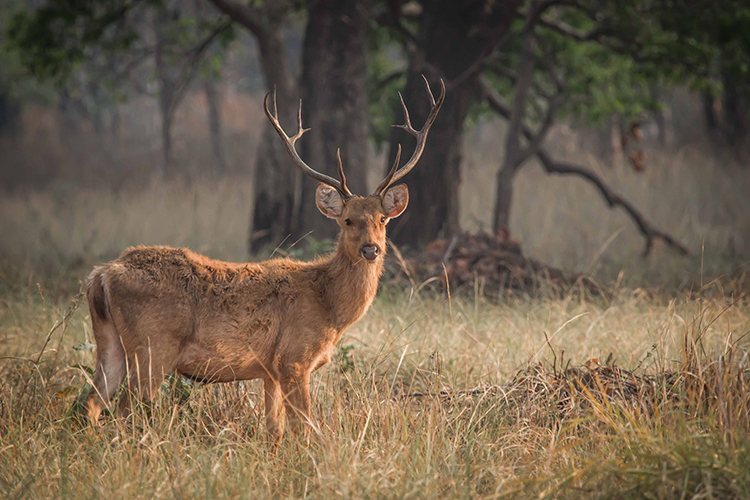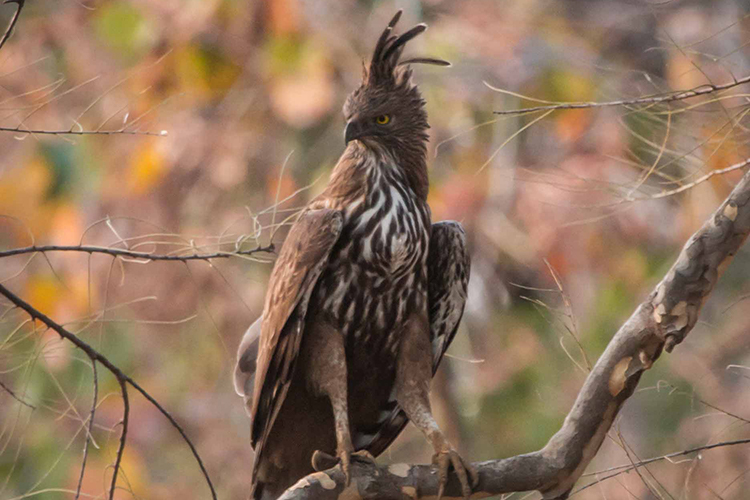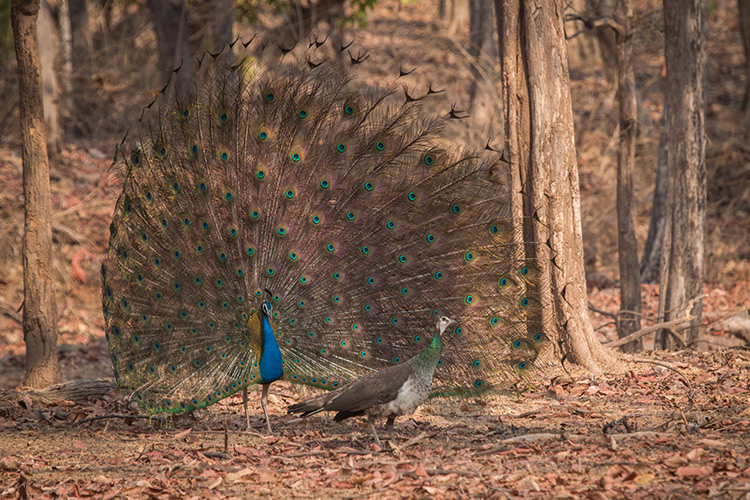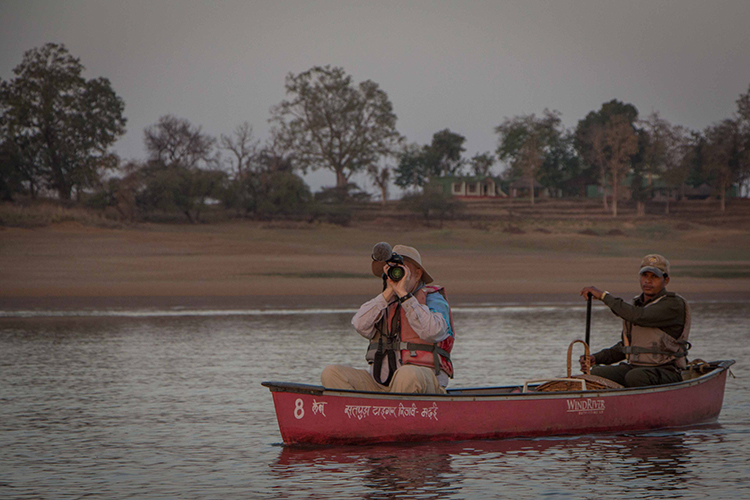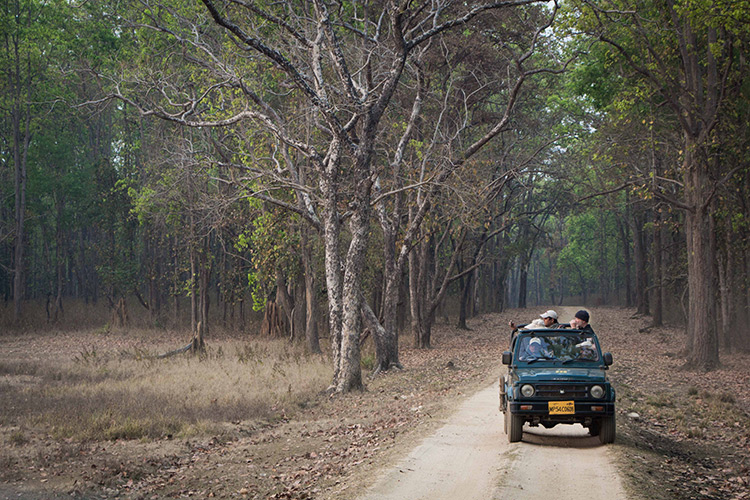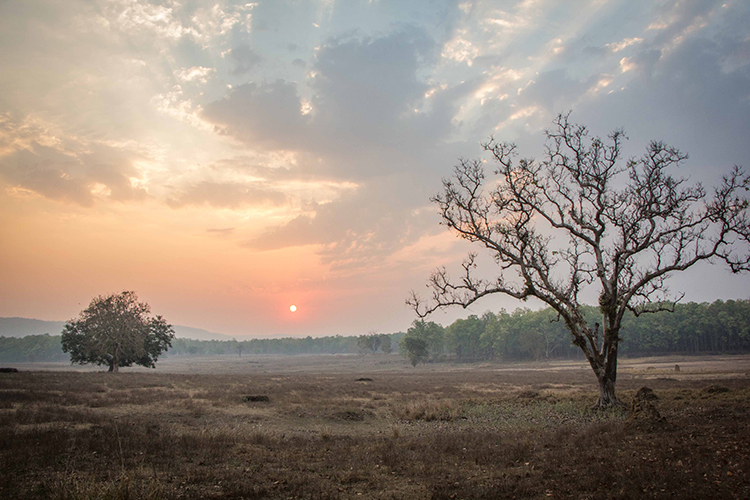India Wildlife Sightings: Bengal Tiger and One-Horned Rhino
Posted by Marco Tonoli
in Asia & Pacific
Apex expedition leader, Marco Tonoli, reports on the wonders encountered on our recent India Wildlife Safari. Travelers visited four national parks including Satpura, Pench, Kanha, and Kaziranga to discover iconic Indian wildlife. Read on!
The Natural Wonders of India
India has firmly placed itself amongst the great countries on our planet. It was home to one of the oldest civilizations in history, and is now the largest democracy in the world. It is here that we find the origins of Hinduism, Buddhism, Yoga, Chess and even numbers. It has been, for travelers, one of the greatest cultural experiences on our planet, drawing people from across the globe to visit its temples, tombs and mausoleums. But amidst the mass of humanity and cultural allures, lies a hidden gem of natural wonder and a plethora of wonderful creatures protected by India’s conservation success story. Simply put, for all who love the splendor of our natural world, India wildlife is beyond spectacular.
Observing the Sloth Bear in Satpura National Park
Our wildlife journey started along the northern edge of the Satpura Mountains, and the gateway to Satpura National Park, one of India’s less-frequented parks. The name Satpura originates from the Sanskrit word “Shatpura”, meaning seven hills, which aptly describes the mountainous landscape. To access the park, we must head to the banks of the Denwa River and board a motorized boat for a quick crossing before jumping on to a safari vehicle to explore the rugged landscape.
What makes Satpura of particular interest, is that amongst its teak-covered landscape and abundance of wildlife, roams a particularly unusual creature that is often heard before it is seen. The Sloth Bear, with its shaggy, dusty-black coat, pale, short-haired muzzle, and long, curved claws, is a termite specialist. Over time it has lost its upper incisors. With its long nimble lips, it has the perfect vacuum-like mechanism to place over dugout holes in termite mounds and suck out its food. In addition to termites, Sloth Bears are also very fond of fruit. We were able to witness some incredible behavior as an adult female spent close to twenty minutes around a single Manhua Tree collecting freshly dropped flowers and fruit.
Listening to the Forest at Pench National Park
Our next stop along the way was Pench National Park, the original setting of Rudyard Kipling’s most famous work, The Jungle Book. Its landscape is covered with mixed forest, dominated by teak. The dried banks of the Pench River offer dramatic open grasslands, suitable for an abundance of grazing herbivores. One has glimpses of the eerie white Kulu Tree, also called the Ghost Tree, which is conspicuous amongst the varying shades of green and brown that dominate the landscape.
It is here that one truly appreciates the beauty of sound. The air is filled with the repetitive calls of the Brown-headed Barbet and the metallic clinking of the Coppersmith Barbet. And while one listens to the cacophony of sound, you have the occasional shrill whistling of a Spotted Deer, or the harsh bark of the Muntjac, all indicating the presence of a large predator.
It was in this manner that we were able to find our first Bengal Tiger, sitting along the edges of the Pench River and watching the intense focus of an alert Spotted Deer. As it shrilled its alarm call to warn the other deer, we sat in anticipation searching the area. And like much of life, our patience was rewarded with the emergence of a majestic adult male Bengal Tiger casually making its way from a hidden spot along the river into the thick grassland, slowly disappearing from sight. And a mere mile away, the action was to continue, with a clan of 22 Asiatic Wild Dogs beginning their late afternoon activity with wonderful interactions and grooming and the occasional half-hearted attempt at chasing a Spotted Deer.
Encountering Bengal Tiger at Kanha National Park
When one does think of tigers though, there is one name that always comes to mind—Kanha National Park. This park holds one of the greatest densities of Bengal Tiger in India. The landscape shifts from teak forests to the long slender trunks of Sal Trees that release small droplets of moisture in the early morning, creating the effect of a light drizzle. The open meadows are lined with the rare and endangered Barasingha, with their many-tined antlers that make them one of the most attractive creatures of this landscape.
The abundance of tigers in this park triggers an intensity of alarm calls as this apex predator prowls through the land. We spent our mornings heading to the remaining waterholes, as the dry climate draws tigers to the water edges to cool themselves from the building heat. Our strategy was well-rewarded with six separate sightings of this magnificent beast, including a relaxed female that confidently strolled down the road past our vehicle. Kanha certainly lived up to its reputation!
Sighting One-horned Rhino at Kaziranga National Park
Our journey was then to pull us from the heart of India and take us to the foothills of the Himalayas and the alluvial floodplains of the Brahmaputra River. This is considered one of India’s Biodiversity Hotspots. We find abundant birdlife feeding on insect life on the muddy floodplains. And the land is littered with Barasingha, Hog Deer and Wild Boar grazing on the fresh green grass along the river’s edge. The destructive flood regime of the Brahmaputra causes its annual disruption to the land. Its abundant water brings copious amounts of silt and triggers new fresh growth of elephant grass and wild sugar cane each year.
This disturbance though is favored by one creature in particular—the Greater One-horned Rhinoceros. With a global population of roughly 3,500, Kaziranga National Park is home to as much as two thirds of that population. This prehistoric giant roams the floodplains in massive numbers scattered over an endless landscape. They trudge through the mud feeding on fresh grass and seem unperturbed by passing vehicles. We stood in awe from the elevated watch towers, counting as many as 50 individuals in a single view. This is one of India’s great success stories, as at the beginning of the 20th century, there may have been as few as 16 Indian Rhino left in the Kaziranga region. They now total more than 2,000.
India Wildlife Sightings
India is often seen only as a traveler’s destination for culture, history and architectural beauty. But to the naturalist and wildlife enthusiast, India offers a treasure trove of some of the world’s greatest iconic creatures in a landscape of well-conserved land and abundant wildlife. It is without question any nature lover’s dream destination.
Learn more
To learn more about discovering India’s wildlife on safari with Apex, visit our India expedition page.

